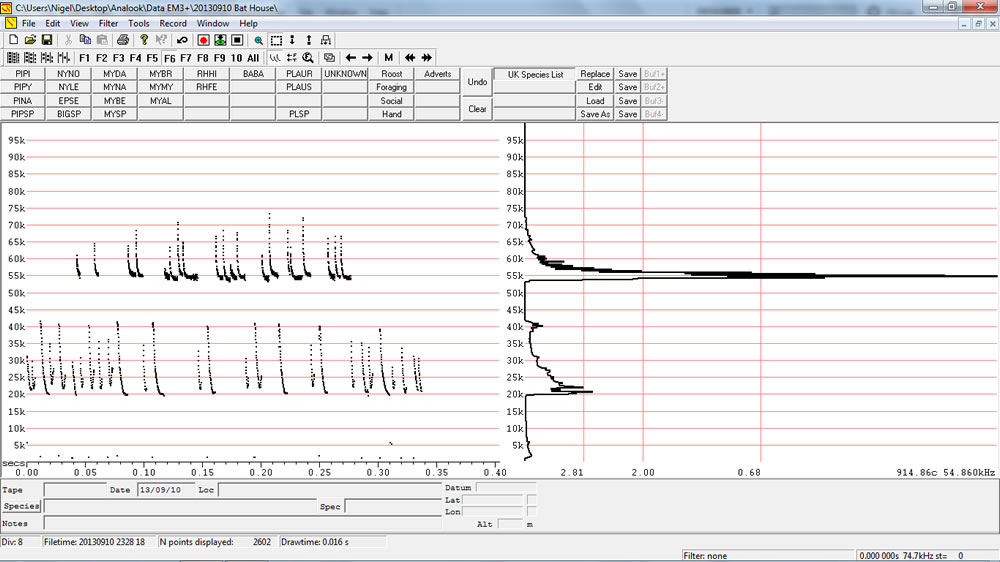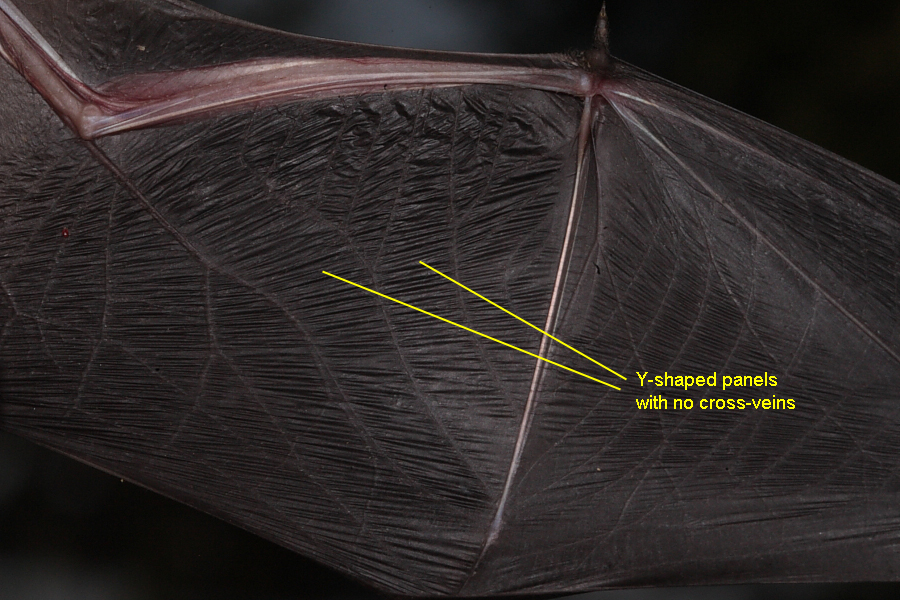Blagdon Lake Birds
Soprano Pipistrelle Pipistrellus pygmaeus [Leach, 1825]
(Abundant, resident)

Soprano Pipistrelle Pipistrellus pygmaeus is another bat that favours wetland and open water, such as reservoirs with associated riparian vegetation, and occurs in larger numbers at the lakeside than Common Pipistrelle, which has a more catholic taste in foraging habitats. It is one of the most common bats in the UK and, with the exception of the far north, is widely distributed. The bats usually emerge about 20 minutes after sunset and their diet consists mainly of small flies, particularly midges and mosquitoes, that are caught on the wing by 'aerial hawking'. According to the Bat Conservation Trust fact sheet, a single pipistrelle may consume up to 3000 insects a night. This species readily utilizes buildings and bat boxes in relatively exposed positions for summer and winter roost sites and is the most frequent species found in the box monitoring scheme at Blagdon, especially those of the 1FF design.
The echolocation frequency of maximum energy (FM/qCF & qCF call) peaks at 55.1 kHz (range 50.2-64.1) with an inter-pulse interval of 89.1 ms (range 51.0-217.1) and call duration of 5.5 ms (range 2.1-8.2).
 Soprano Pipistrelle echolocation calls (Analook f6 frequency & cycles).
Soprano Pipistrelle echolocation calls (Analook f6 frequency & cycles).
 Soprano Pipistrelle social calls (Analook compressed f6 frequency & cycles).
Soprano Pipistrelle social calls (Analook compressed f6 frequency & cycles).
Other identification features: The cell that runs from the elbow to fifth finger in the wing membrane (plagiopatagium), and the cell above it, have no cross-veins (or bar, if you prefer) as shown below:

Bibliography (sources of information):
- Bat Conservation Trust website
- Fisher, J., Francis, J. & Jones, Prof G. The Bats of Britain (an online guide). University of Bristol, School of Biological Sciences website
- Russ, J. 2012. British Bat Calls A Guide to Species Identification. Pelagic Publishing, Exeter.